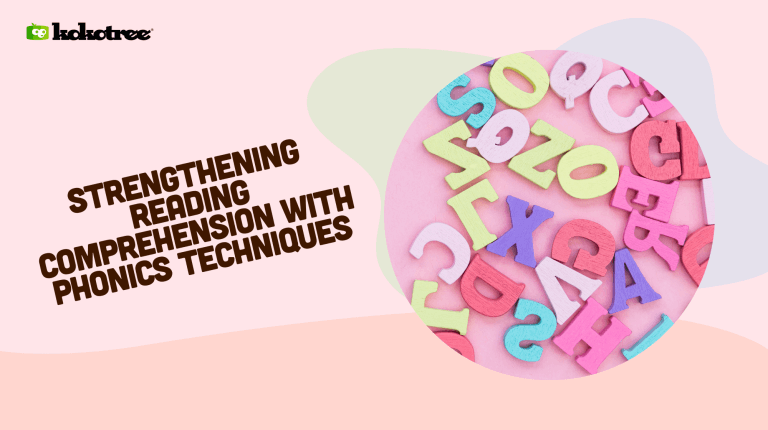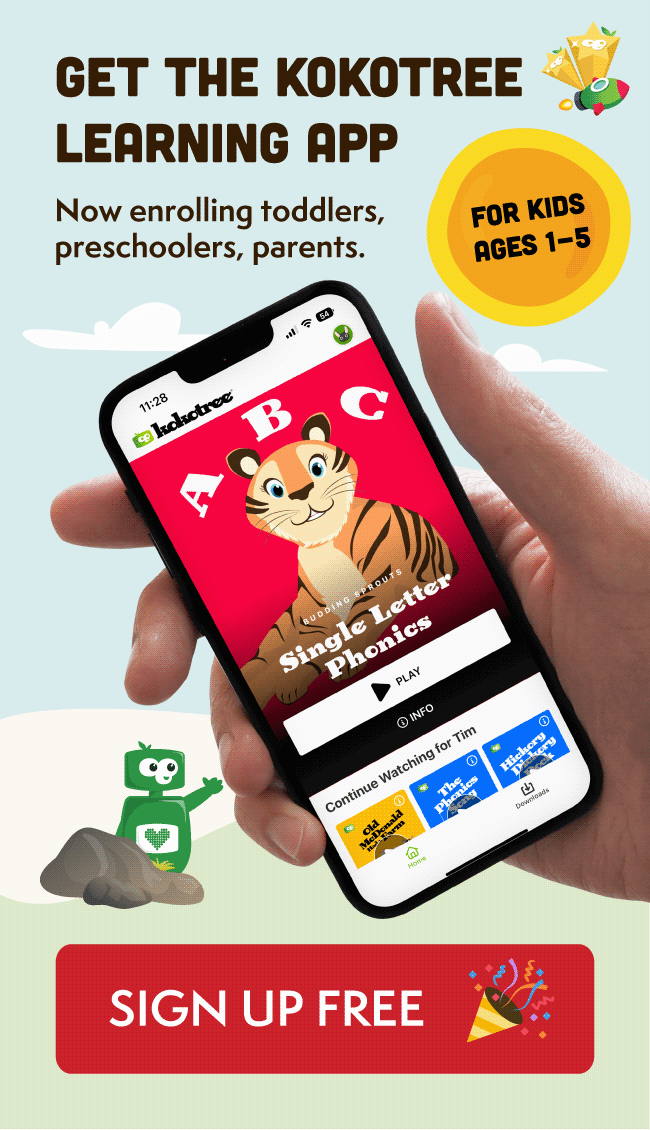

Welcome to our blog post about strengthening reading comprehension with phonics techniques! As a parent, you may be searching for ways to help your child improve their reading skills and overall language development. Good news: you’re in the right place! In this post, we’ll explore fun activities and games you can introduce to enhance their reading comprehension using phonics strategies.
Additionally, we’ll offer tips on selecting age-appropriate books and how to support your child’s reading development. We’ll provide evidence-based advice in a conversational and friendly tone, keeping it positive and full of useful information. So, let’s dive in and embark on this educational journey together!
Strengthening reading comprehension with phonics techniques involves breaking words down into their individual sounds (phonemes) to help your child understand the relationship between written letters and spoken sounds. As they improve their ability to recognize and decode these sounds, their comprehension of the text will also improve. Using engaging activities, age-appropriate books, and consistent support, you can help your child build strong reading skills and increase their confidence in reading through the use of phonics strategies.
Integrating fun phonics activities and games into your child’s learning routine can make reading practice more enjoyable and engaging. Let’s explore some ideas:
Create a custom bingo card using letters, sounds, or simple words. Call out a letter or sound, and have your child mark the corresponding space on their card. This game reinforces letter-sound recognition and can be easily adapted for different skill levels.
Word ladders are a great way to practice blending and segmenting sounds. Start with a simple word (e.g., cat) and have your child change one letter at a time to create new words (e.g., cat to hat). This helps develop their phonemic awareness and reading flexibility.
Use alphabet puzzles to help your child practice letter-sound recognition. For an extra challenge, involve rhyming words or word families (e.g., “at” like cat, hat, and bat).
Age-appropriate books create a smooth progression for your child to move through as they develop their phonics skills. Here are some tips for selecting suitable books:
Choose books that align with your child’s interests to increase their motivation to read. When they are excited about the content, they’ll be more likely to focus on reading for understanding.
Provide a mix of challenging and easier books. Reading easier texts can boost your child’s confidence, while more challenging books will help them put their phonics skills to the test.
Decodable books are specifically designed with controlled vocabulary that aligns with the phonics patterns your child is learning. This makes reading practice more targeted and effective.
Integrating a learning app for kids into your child’s routine can be a valuable addition to their reading practice. Many apps focus on phonics and offer interactive games, activities, and features that promote reading skill development. With a learning app, your child can practice their skills at their own pace while receiving immediate feedback.
Strengthening reading comprehension using phonics techniques takes time and practice. Be patient and offer positive reinforcement as your child progresses through activities and reading challenges. Consistent engagement in reading practice will yield the best results, so make time for phonics practice every day to help your child grow as a confident reader.
Monitoring your child’s progress is essential for identifying areas that require additional focus or reinforcement. Regularly assess their reading skills to ensure they are making progress and adapt phonics strategies based on their needs. Let’s look at some tools and techniques:
While reading with your child, take note of their accuracy, fluency, and overall comprehension. Ask them questions about the text and encourage them to make connections with their own experiences. These activities will provide valuable insight into their reading progress.
Periodically use structured assessments, such as phonetic assessments, to measure your child’s mastery of individual sounds and their ability to decode and blend words. This will help identify areas that may require additional practice or support.
Working closely with your child’s teachers and reading specialists can enhance your at-home phonics practice. They can provide valuable information about your child’s reading development, as well as recommend strategies and resources tailored to their specific needs. Establishing open communication and collaboration between home and school is key for your child’s reading success.
Combining multiple sensory experiences can make phonics lessons more engaging and memorable for your child. Here are some multisensory strategies to integrate into your phonics practice:
Use flashcards, charts, and illustrations to help your child associate letters with their corresponding sounds visually. This can enhance their understanding of the alphabetic principle and create mental connections that reinforce learning.
Encourage your child to listen for individual sounds in words through activities like oral blending and segmenting. Provide opportunities for them to hear and practice correct pronunciation, such as through audiobooks or educational videos.
Include hands-on activities such as letter tracing, building words with magnetic letters, and playing letter games that involve physical movement. These activities will boost your child’s phonics skills while engaging their sense of touch and movement.
Active involvement in your child’s reading development is crucial. Show interest in their progress and celebrate their achievements. Provide a supportive environment to foster a love for reading and promote ongoing improvement in their reading comprehension through phonics techniques. The journey may be challenging at times, but your support and encouragement will make a world of difference in your child’s reading success.
Here are answers to some frequently asked questions relating to the use of phonics techniques to strengthen reading comprehension. We hope these responses help clarify important concepts, providing guidance on how to best support your child’s reading development.
Children can start learning phonics as early as 3 to 4 years old, when they begin recognizing letters and sounds. Introducing phonics at a young age can help build a strong foundation for their reading development as they progress through preschool and kindergarten.
You can help your child learn phonics at home by engaging them in fun activities and games that focus on letter-sound recognition, blending, and segmenting. Set aside dedicated time each day for phonics practice and use age-appropriate books to reinforce their skills.
Yes, phonics can improve reading comprehension by helping children decode words and recognize their individual sounds. As they master phonics, they’re able to focus more on understanding the meaning of the text, resulting in better comprehension.
Decodable books are designed with controlled vocabulary that aligns with the phonics patterns your child is learning. They allow children to practice decoding using the sounds they’ve been taught, supporting reading fluency and comprehension.
For beginners, phonics activities like alphabet puzzles, letter matching, and simple rhyming games can help build a strong foundation in letter-sound recognition and phonemic awareness.
Yes, a learning app for kids can be a beneficial addition to your child’s phonics practice. Many apps focus on phonics and provide interactive activities, games, and features that help develop reading skills while offering immediate feedback.
Multisensory strategies for teaching phonics include visual techniques (flashcards, charts), auditory techniques (oral blending and segmenting activities, audiobooks), and kinesthetic techniques (letter tracing, building words with magnetic letters).
Establish open communication with your child’s teacher to share information about your child’s reading progress and gain insights into effective strategies or resources tailored to their specific needs. Collaborating with teachers and specialists can enhance at-home phonics practice.
Regularly monitor your child’s progress through informal assessments during reading sessions and more structured assessments like phonetic assessments periodically. Assessing progress helps you identify areas that may require additional attention or reinforcement.
Yes, phonics techniques can be particularly helpful for struggling readers, as they help build foundational reading skills and improve overall comprehension. Adjust the activities and strategies based on your child’s needs and progress for the best results.
Keep the learning environment positive and encouraging. Be patient, provide regular feedback, and celebrate their achievements. Breaking tasks into smaller, manageable steps can also help reduce frustration and maintain motivation.
If your child is frequently struggling with decoding words, demonstrating poor reading fluency, or showing limited progress in their reading comprehension, they may benefit from additional support in phonics through targeted activities, intervention programs, or working with a reading specialist.
While phonics is a widely used and effective approach, other approaches to reading instruction include whole language and balanced literacy. Each method has its benefits, and the best approach may vary depending on your child’s unique learning style and needs.




